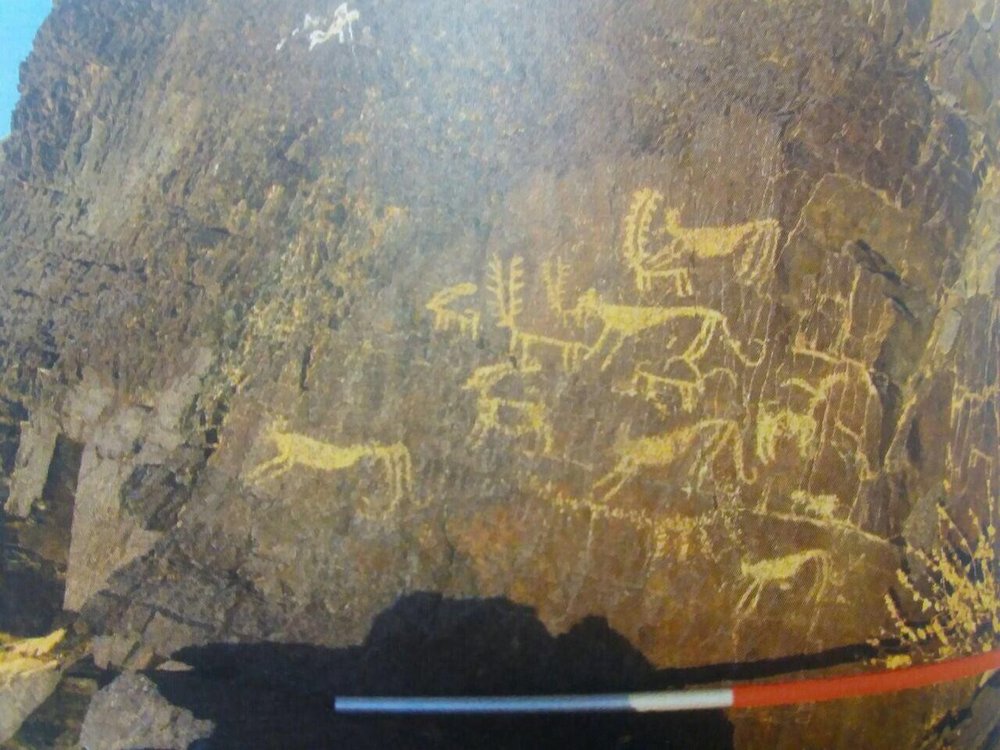Isfahan a crossroads for ancient civilizations, traders: survey

TEHRAN – Fresh archaeological survey on newly-found prehistoric rock carvings in Isfahan suggest the central Iranian province has been a crossroads for civilizations and traders since 5,000 years ago.
Dispersion of rock-carved depictions and hieroglyphs across Meymeh and Shahin-Shahr districts point to existence of ancient trade roots in the region, Mehr quoted Fereydoun Allahyari, Isfahan’s cultural heritage chief, as saying on Monday.
“Evidence revealed existences of trade routes that used to connect [the capital city of] Isfahan to Meymeh and further to Kashan, Qamsar and Golpayegan in the central [Iranian] plateau,” he explained.
Initial assessments demonstrate that the rock-carvings date from 5,000 years ego until the Islamic era,” the official said, adding “Such commercial routes predate the arrival of Aryans.”
Elsewhere in his remarks, Allahyari pointed to other recent archaeological discoveries in the province namely an ancient hill and a mining site dating back to Sassanid era (224 to 651 CE).
Isfahan province has long been famous as cultural melting pot with its Tepe Sialk yielded interesting pottery pieces, metal tools and domestic implements made from stone, clay and bone that date from as early as the 3rd and 4th millennium BC. The Sialk mount is situated some 5 km along a main road connecting Kashan with Fin.
AFM/MG
Leave a Comment